Non Woven Geotextile vs. Woven Geotextile: A Comparison
Non-woven geotextile and woven geotextile are two commonly used materials in civil engineering applications. While both serve similar purposes, there are distinct differences between the two. Let's compare non-woven geotextile and woven geotextile in terms of their characteristics, manufacturing process, applications, and performance:

Manufacturing Process:
Non-woven Geotextile: Non-woven geotextile is manufactured by bonding or interlocking synthetic fibers together through mechanical, thermal, or chemical processes. The fibers are randomly oriented, creating a fabric with a porous structure.
Woven Geotextile: Woven geotextile is produced by weaving synthetic fibers together in a regular pattern, forming a strong and uniform fabric. The weaving process creates a stable and high-tensile strength textile.
Structure and Characteristics:
Non-woven Geotextile: Non-woven geotextile has a random and open structure. It is characterized by its high porosity, allowing for water and gas flow through the fabric. Non-woven geotextiles have a relatively low tensile strength compared to woven geotextiles but offer excellent filtration and separation capabilities.
Woven Geotextile: Woven geotextile has a more structured and uniform appearance due to its woven construction. It has a higher tensile strength and lower porosity compared to non-woven geotextile. Woven geotextiles exhibit excellent dimensional stability and provide superior soil reinforcement and separation properties.
Applications:
Non woven Geotextile: Non-woven geotextiles are commonly used in applications such as filtration, separation, and drainage. They are effective in preventing soil erosion, stabilizing slopes, and promoting vegetation growth. Non-woven geotextiles are also utilized in road construction, landfills, and environmental protection projects.
Woven Geotextile: Woven geotextiles are widely used in applications that require high-strength reinforcement and soil stabilization. They are often employed in retaining walls, embankments, roadways, and coastal protection projects. Woven geotextiles provide exceptional soil retention and load distribution capabilities.
Best Practices for Maintaining Concrete Mixer Pump
How to Prevent Corrosion in GFS Agricultural Water Tanks?
What is herringbone SPC flooring?
GFS Agricultural Water Storage Tanks: Enhancing Efficiency and Sustainability in Farming
How to Properly Maintain Your Vinyl Sports Flooring
Manufacturing Process of Cold Rolled Steel Coil
Types of Outdoor Sports Court Tiles
Filtration and Drainage:
Non-woven Geotextile: Non-woven geotextiles are effective in filtration applications. Their open structure allows water to pass through while retaining soil particles, preventing clogging and ensuring proper drainage. Non-woven geotextiles are commonly used in drainage systems, subsurface drainage, and erosion control applications.
Woven Geotextile: Woven geotextiles also offer filtration capabilities, although their woven structure results in a lower porosity compared to non-woven geotextiles. Woven geotextiles provide effective filtration while offering high tensile strength and soil reinforcement properties.
Soil Separation and Stabilization:
Non-woven Geotextile: Non-woven geotextiles excel in soil separation applications. They prevent the mixing of different soil layers, promoting proper soil stratification and preventing the loss of fine particles into coarser aggregates. Non-woven geotextiles contribute to the stability and long-term performance of structures built on soft or weak soils.
Woven Geotextile: Woven geotextiles also offer soil separation capabilities. They can effectively separate different soil layers, providing stability and preventing the mixing of granular materials. Woven geotextiles are particularly suitable for applications that require higher tensile strength and load-bearing capacity.
Durability and Longevity:
Non-woven Geotextile: Non-woven geotextiles have good resistance to biological degradation, chemicals, and UV radiation. However, their durability may be lower compared to woven geotextiles. They are generally suitable for short-term or medium-term applications.
Woven Geotextile: Woven geotextiles are known for their high durability and longevity. They exhibit excellent resistance to chemical degradation, UV radiation, and mechanical stress. Woven geotextiles are suitable for long-term applications that require robust and reliable reinforcement.
In conclusion, both non-woven geotextile and woven geotextile have their unique characteristics and applications in civil engineering. Non-woven geotextiles excel in filtration, separation, and drainage applications, while woven geotextiles offer superior tensile strength and soil reinforcement properties. The choice between the two depends on the specific project requirements, soil conditions, and desired performance characteristics.
Additional reading:Custom Medicine Cabinets: A Perfect Blend of Functionality and Style
Drainage Pipes: Efficient Water Management Solution
The Ultimate Guide to HPMC for Tile Adhesive: Boosting Performance and Quality
Nail-Free Adhesive: The Ultimate Solution for Hassle-Free Bonding
Benefits and Uses of Hydroxy Ethyl Cellulose in Personal Care Products
Choosing the Right Electric Security Fence
Considerations for Shipping Container Houses
Related Articles
If you are interested in sending in a Guest Blogger Submission,welcome to write for us!




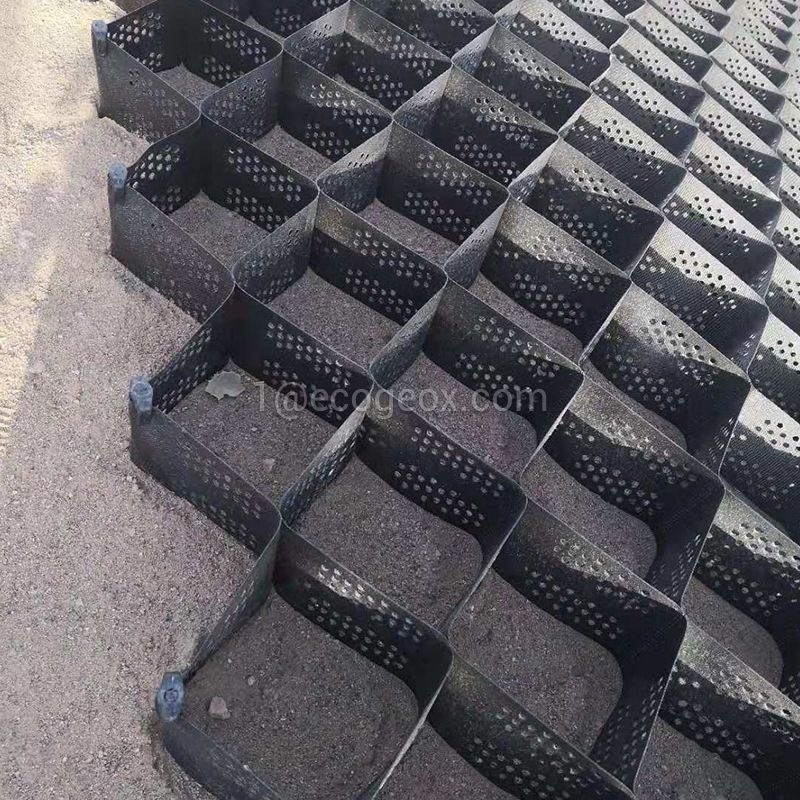
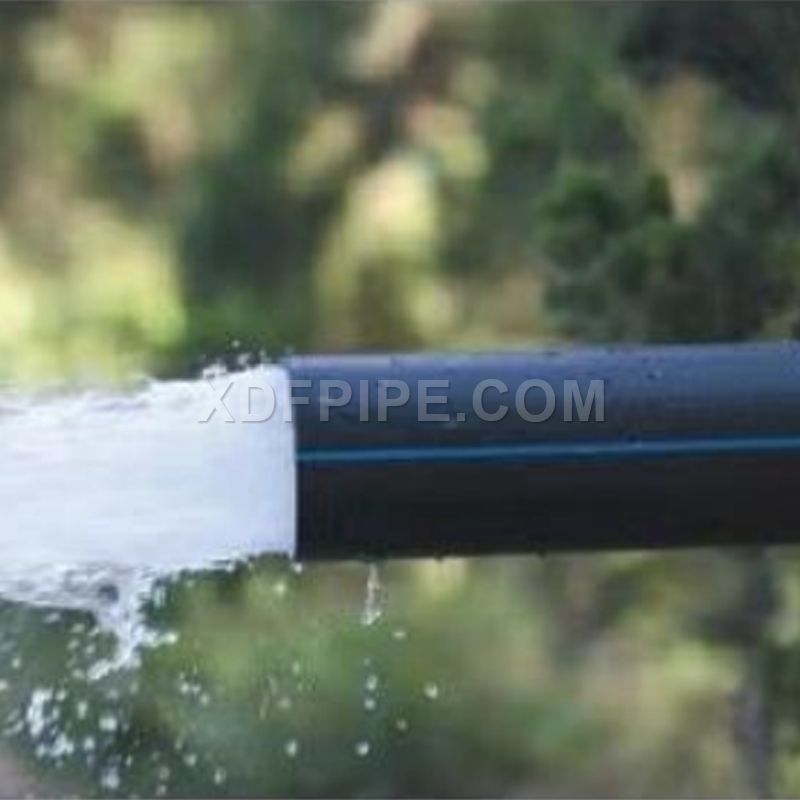
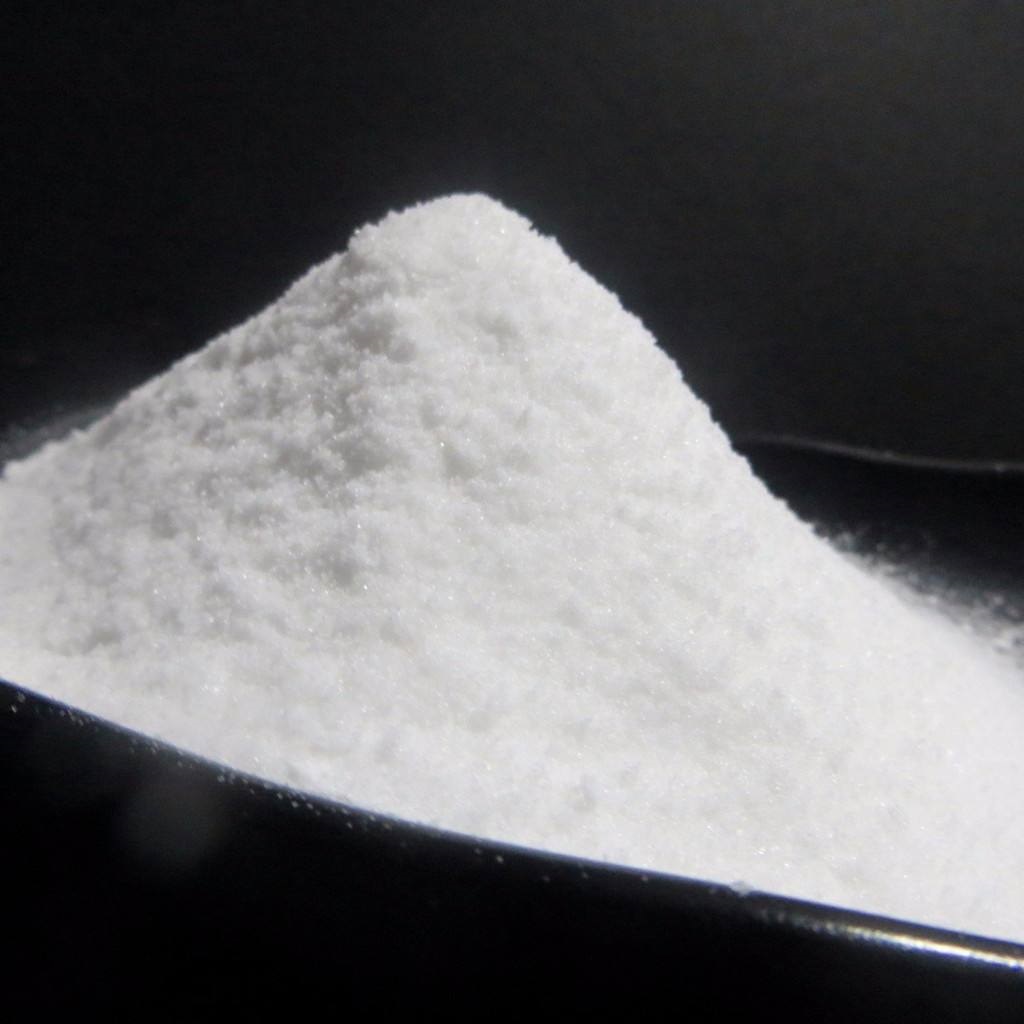


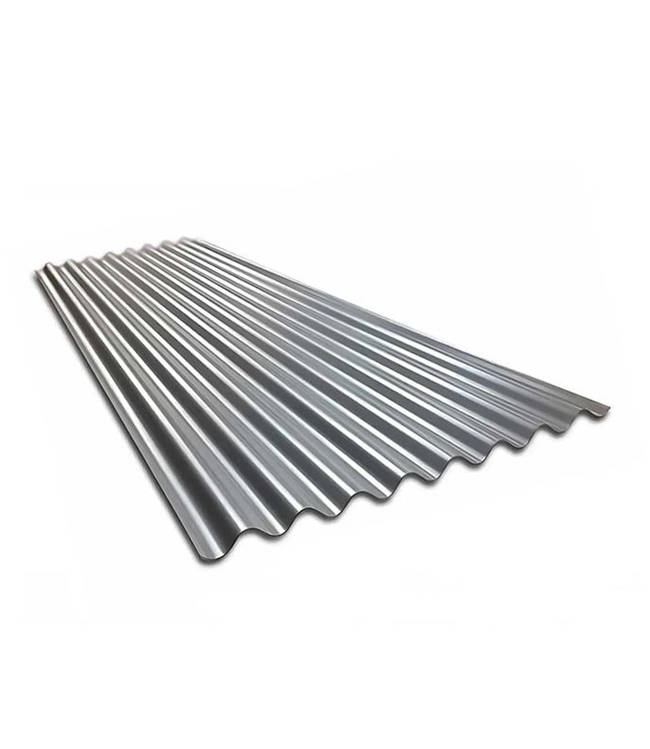

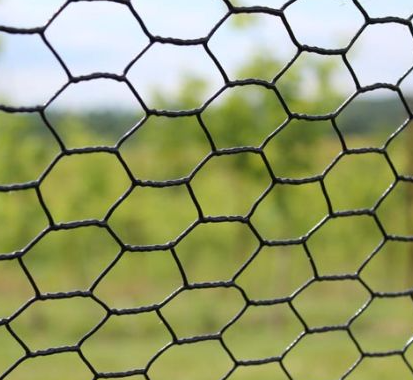
Comments
0